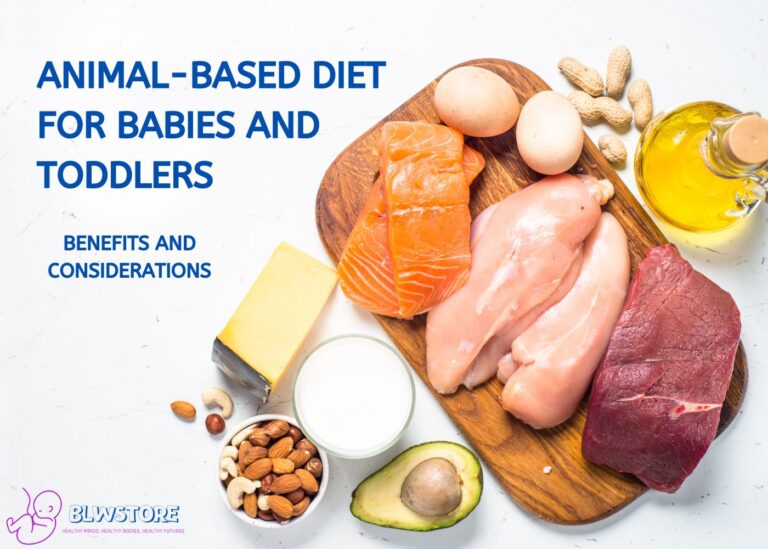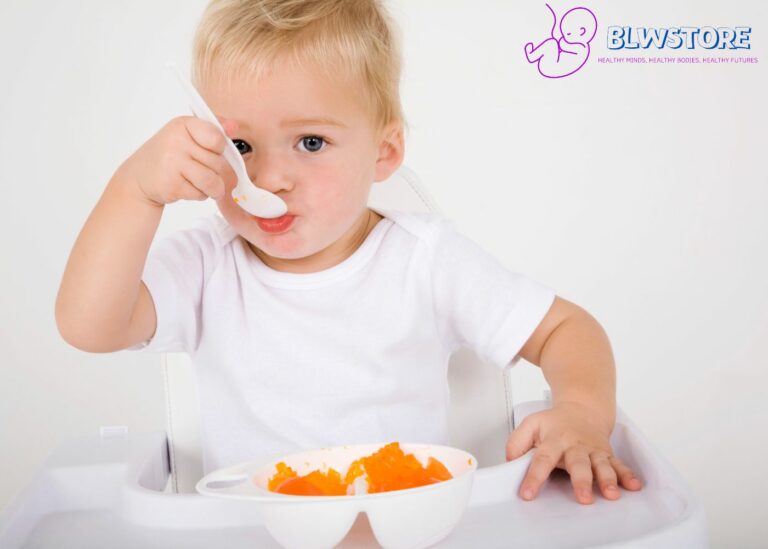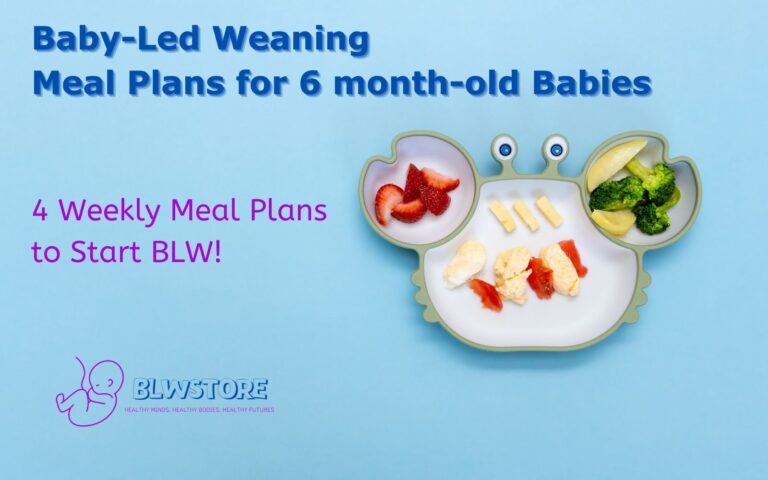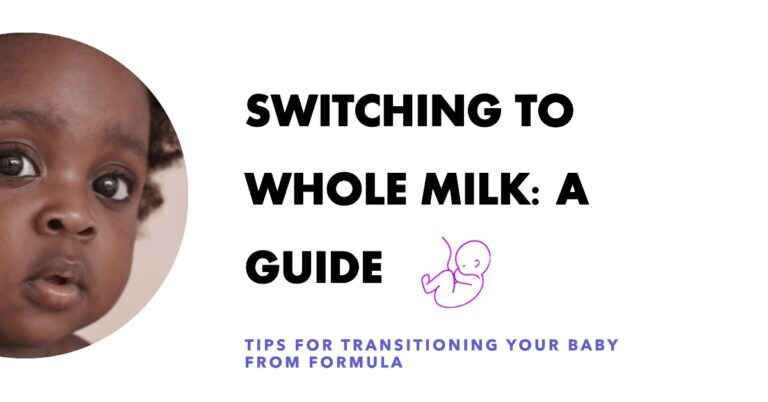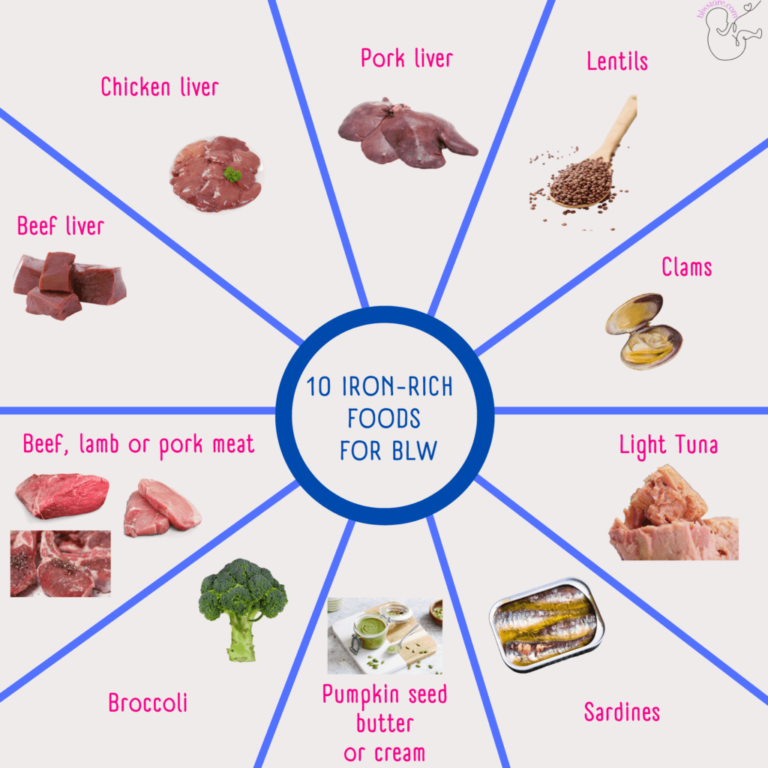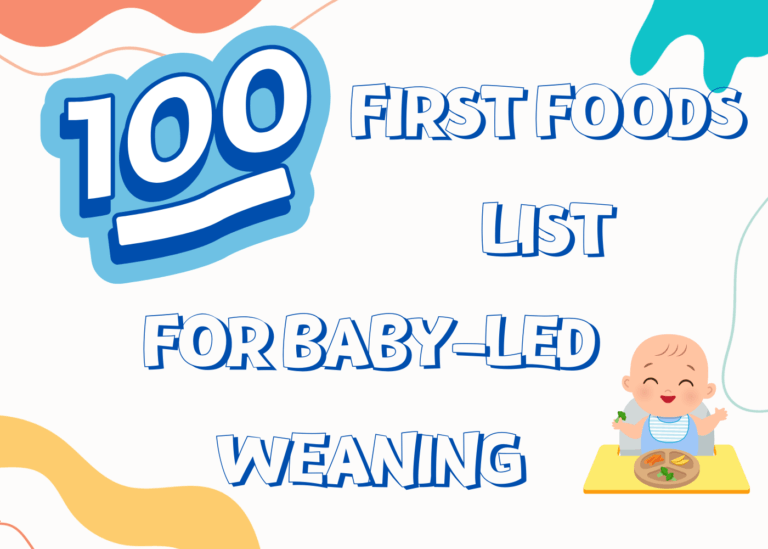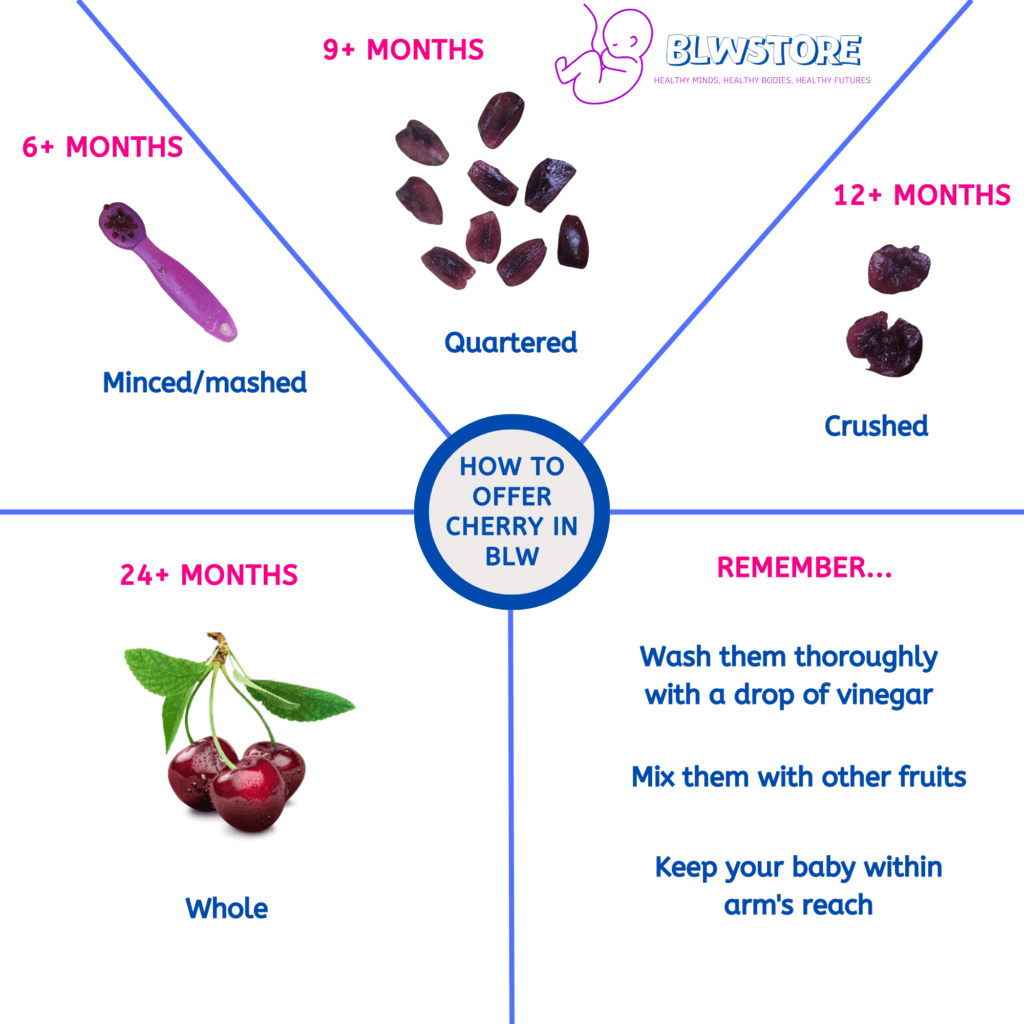
Cherries are one of those fruits that babies tend to love because of their sweetness. However, you have to know how to offer them in the right way, as they can be a choking hazard.
This post is specifically created for parents curious about baby-led weaning and who want to learn more about the advantages and risks of giving their children cherries.
Let’s get after it!
Key takeaways
- Wait until your baby is around 8 months old to introduce cherries, but they can be given as early as 6 months when starting solids.
- Cherries should be pitted and quartered to reduce choking risks.
- Gradually introduce cherries and monitor for any negative reactions.
- Cherries provide numerous nutritional benefits for babies, including antioxidants, fiber, and vitamins.
- Follow age-appropriate guidelines for introducing cherries to your baby.
- Cherries are not a common allergen, but always introduce with caution.
- Make sure to select ripe, firm cherries and store them properly.
- Create various cherry-based recipes to add variety and nutrition to your baby’s diet.
- Always supervise your baby during meals to minimize choking risks.
When to Introduce Cherries to Infants
It’s advised to hold off until they’re about eight months old, but technically, you may start offering them once your baby is ready to start solids, which is usually about six months.
Bear in mind that cherries must be handled carefully to reduce choking risks.
Before giving cherries to small babies, they should be pitted and divided into quarters.
Cherries contain citric acid, so it’s crucial to introduce them gradually and avoid giving too many cherries, and watch your kid carefully for any negative responses.
Nutritional Value and Benefits of Cherries for Babies
One ripe cherry is an excellent source of beta-carotene, vitamin C, fiber, and potassium and contains around 82% water.
Sweet and sour cherries share a similar nutritional profile, with sour cherries possessing higher quantities of vitamin C, carotenoids, polyphenols, and other strong antioxidants.
These antioxidants have many health benefits for babies, such as lowering inflammation, supporting brain development, and regulating sleep.
Moreover, the fruit’s fiber content helps reduce constipation, while its iron content protects against anemia.
Cherries also aid in infants’ hydration, bone development, and skin radiance.
How to Select, Store, and Prepare Cherries for Babies
Tips for choosing the healthiest cherries for babies
Look for ripe, uniformly red-colored cherries with firm skin.
Avoid cherries with cuts, bruises, or a stale, dry stem. Darker cherries are sweeter and packed with more nutrients.
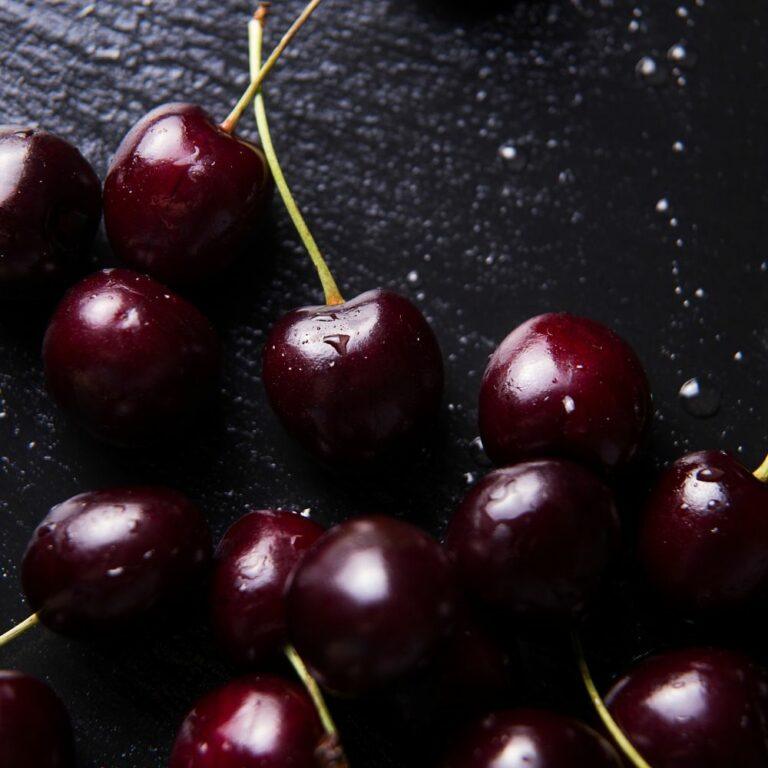
How to store cherries for babies
Fresh cherries should be stored in a plastic bag or an airtight container in the refrigerator without washing them until you’re ready to use them. Wash them with hot water if possible.
Cherries taste best at room temperature, so take them out of the refrigerator a few hours before serving.
How to offer cherries to your baby by age
6 to 9 months old
It’s best to finely chop pitted and de-stemmed cherries and fold them into soft foods like chia seed pudding, oatmeal, porridge, ricotta cheese, or yogurt.
You can also mash the chopped cherries for a smoother texture. Pitted and chopped cherries can also add sweetness to savory dishes like cooked grains, mashed vegetables, or shredded meat.
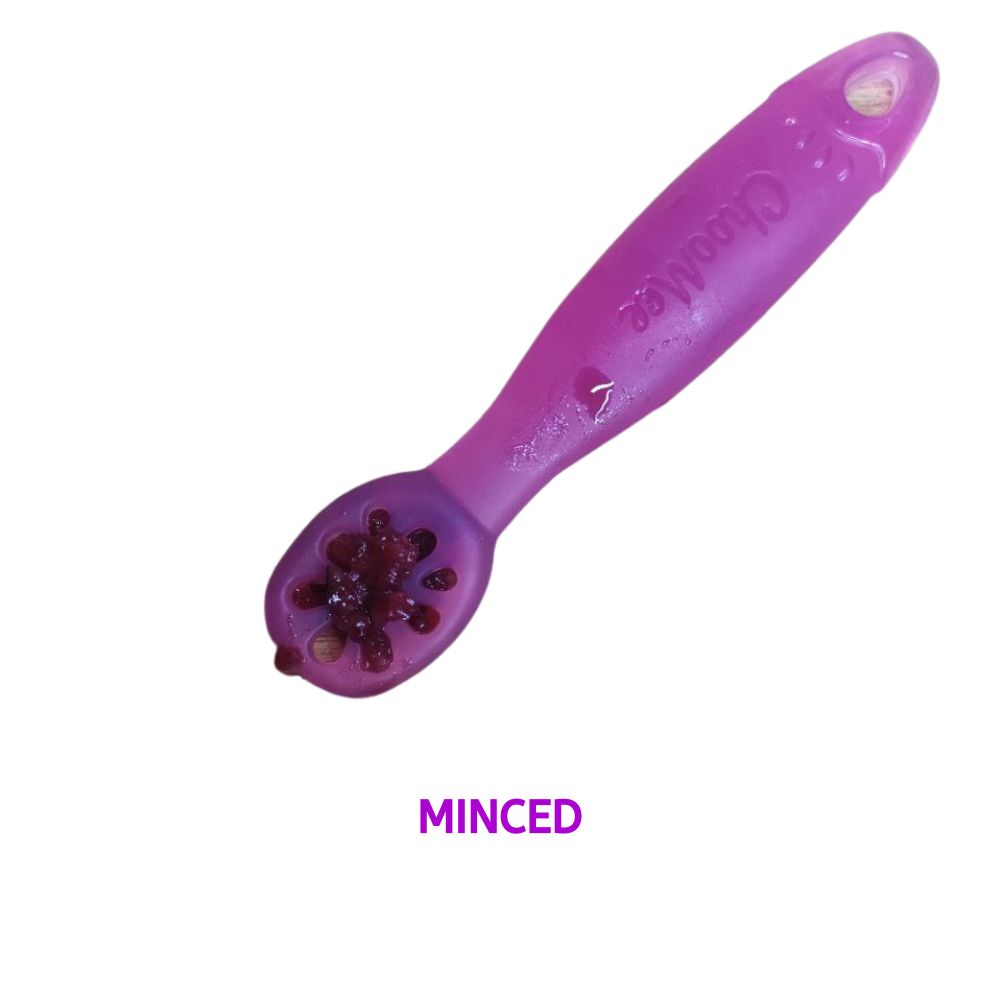
9 to 12 months old
At this age, offer quartered cherries that have been pitted and de-stemmed. If your baby is having trouble picking up the cherry quarters, try offering whole, pitted cherries that have been smashed into flat discs.
You can also continue to use minced cherries or a small amount of rehydrated cherries that have been pureed, minced, and mixed into scoopable food.
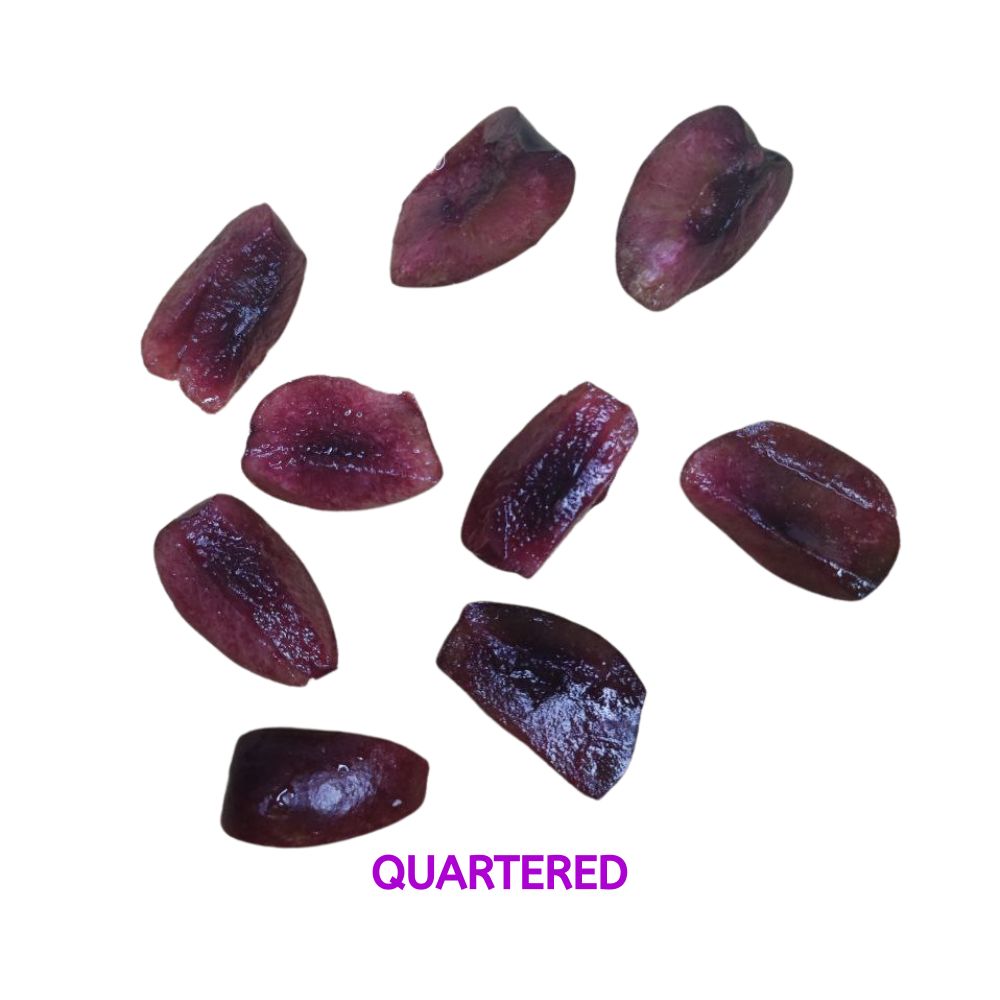
12 to 24 months old
If you feel your toddler is ready, you can try offering whole, pitted, de-stemmed cherries that have been smashed into flat discs.
If your child is spitting out a lot of the fruit, try cutting the discs in half to make them smaller.
Closer to 18 months, you can also try serving bite-sized pieces of dried cherries (pit removed) if you feel the child has developed the biting, tearing, chewing, and swallowing skills needed to eat dried fruit.
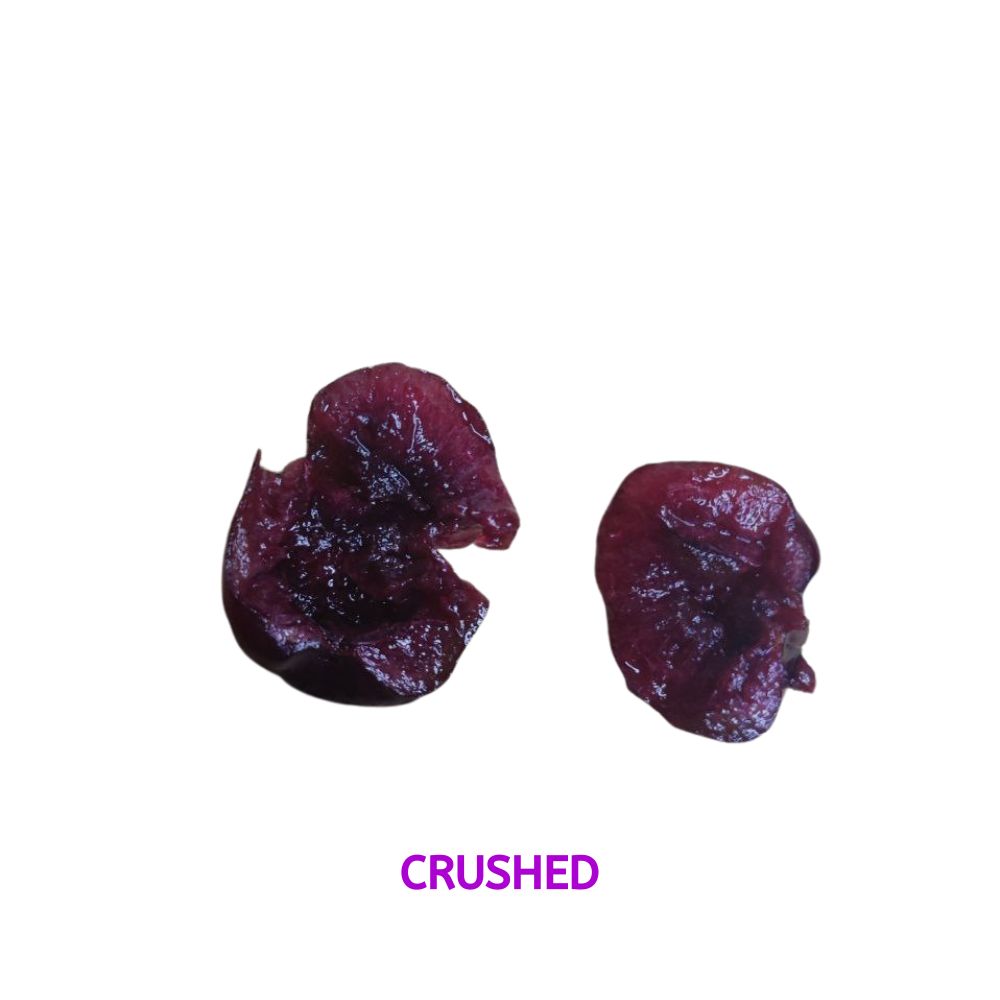
24+ months
At this age, if your child is taking accurate-sized bites, not stuffing their mouth with food, and able to follow instructions, they may be ready to learn how to work with an entire, pitted cherry.
Whole cherries are a choking hazard, so it’s important to model how to eat them safely. If your toddler inadvertently puts a pit in their mouth, stay calm and demonstrate how to spit it out.
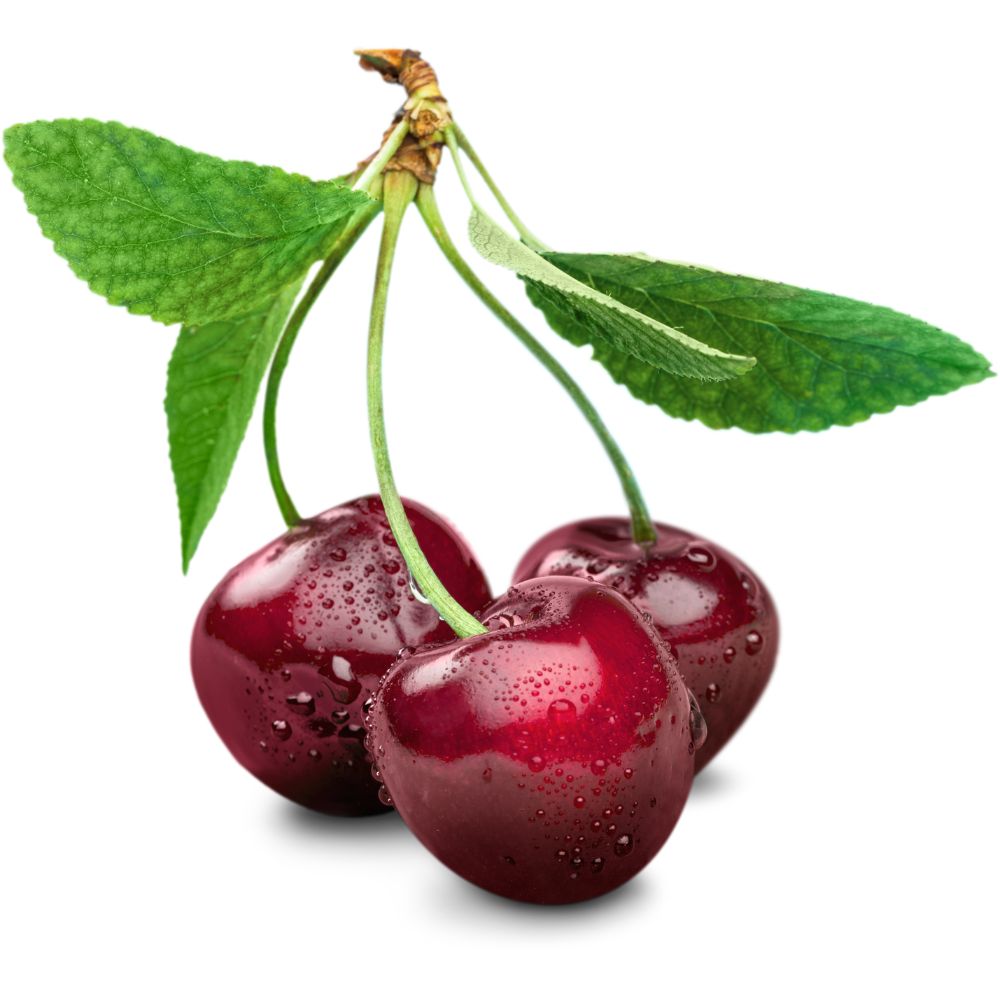
Allergies and Precautions for Serving Cherries to Babies
Cherries are not a common food allergen, but like all new foods, it is important to introduce them to your baby with caution. There have been rare reports of serious allergic reactions to cherries, and some babies may have reactions due to the citric acid present in them.
Moreover, pollen allergies may make babies more sensitive to cherries. Oral Allergy Syndrome (OAS), a pollen-food allergy syndrome, may occur in individuals who are allergic to the pollen from birch trees or to other foods in the Rosaceae or stone fruit family. The symptoms of OAS include itching, tingling, or burning in the mouth and throat, and are usually short-lived and not dangerous.
To minimize the reaction, you can cook or peel the fruit. However, peeling cherries can be challenging due to their small size. It is best to check with an allergist and test for cherry allergy under their supervision.
Cherries present a choking risk as they are firm and round with a hard pit in the middle. Dried cherries are also a choking hazard and are challenging for babies to chew.
To minimize the risk, quarter pitted cherries before serving and avoid offering dried cherries. As always, create a safe feeding environment and stay within arm’s reach of your baby during meals.
Related Recipes
Apple-Cherry Oatmeal
You only need four ingredients to make this incredibly quick and tasty oatmeal: rolled oats, water, mashed banana, and fresh cherries.
Oats, mashed bananas, and chopped cherries are added to the boiling water, after which the heat is reduced to medium-low. The mixture is then thoroughly mixed.
Cook the oatmeal until it is creamy and thick. Before serving it to your child, let the food cool.
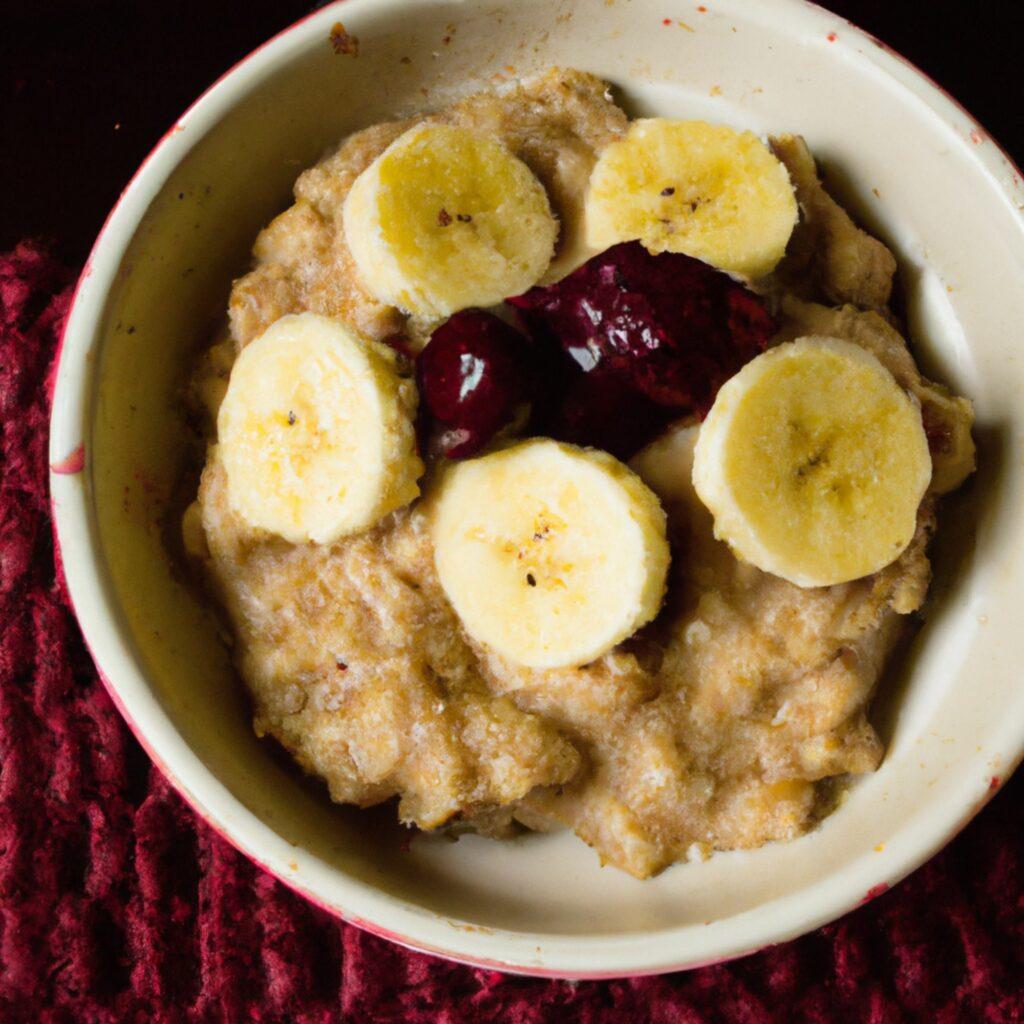
Pureed Cherry Plums
This puree perfectly combines two fruits and makes a tasty and nourishing meal for your baby. In a medium saucepan, combine fresh cherries, plums, and water.
Simmer the mixture for 15 to 20 minutes, then blend the fruit until smooth. Baby should be given the puree at room temperature.
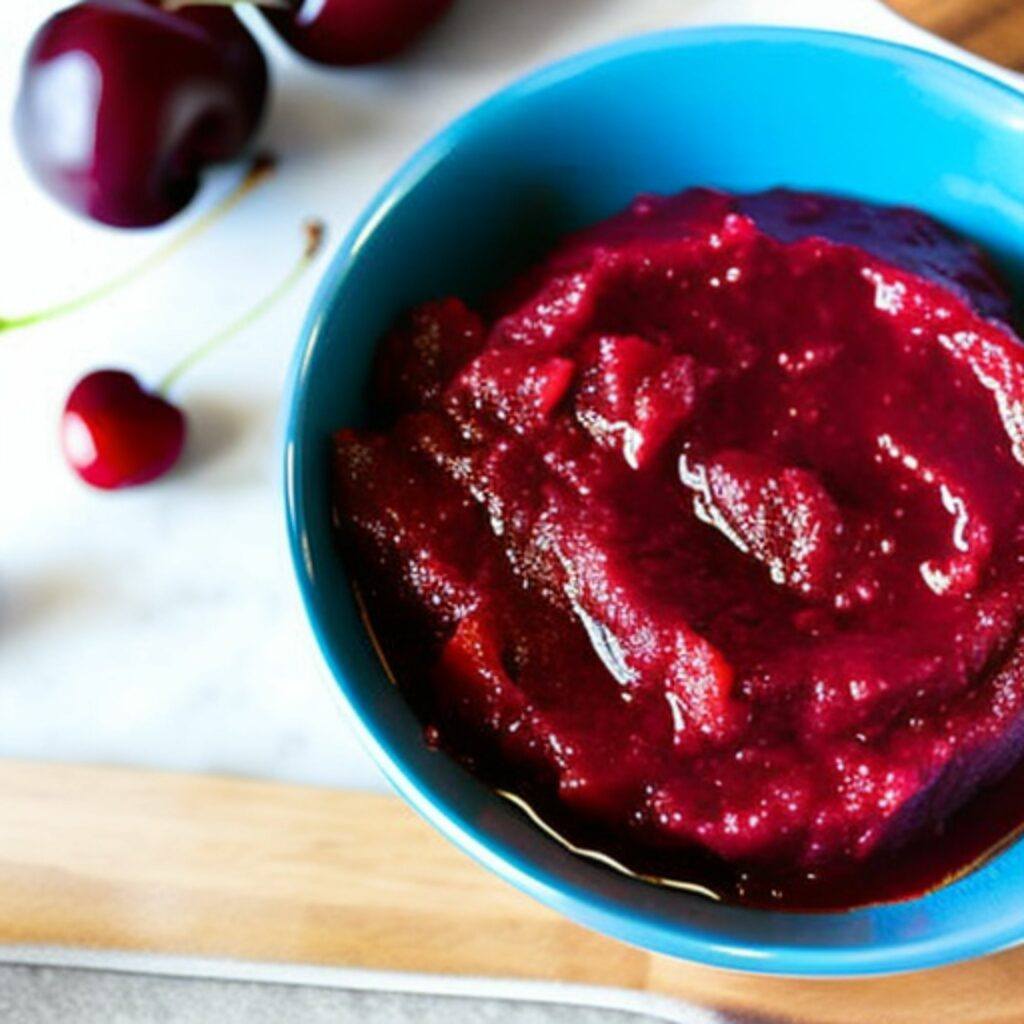
Pear and Cherry Smoothie
This delectable smoothie mixes fresh cherries, ripe pear, plain Greek yogurt, and almond milk for a blast of taste and nutrition.
Blend all ingredients in a blender until they are smooth and creamy. Serve the smoothie immediately to your infant in a sippy cup or other cup suitable for their age.
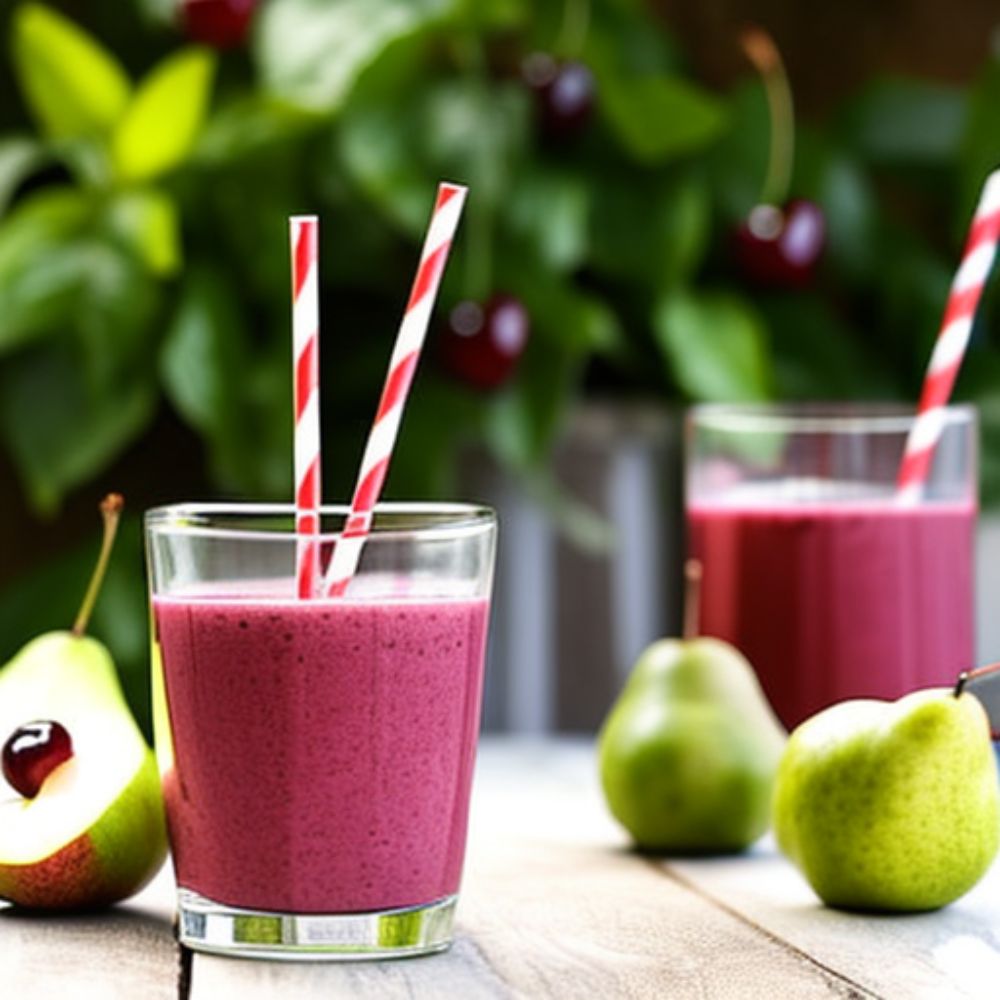
Sweet Potato Cherry Mash
Give your child a delicious sweet potato, fresh cherry, and cinnamon mash. After soft, rinse the sweet potato and mix cherries and cinnamon.
Serve the mixture to your infant at room temperature after thoroughly mashing it together.
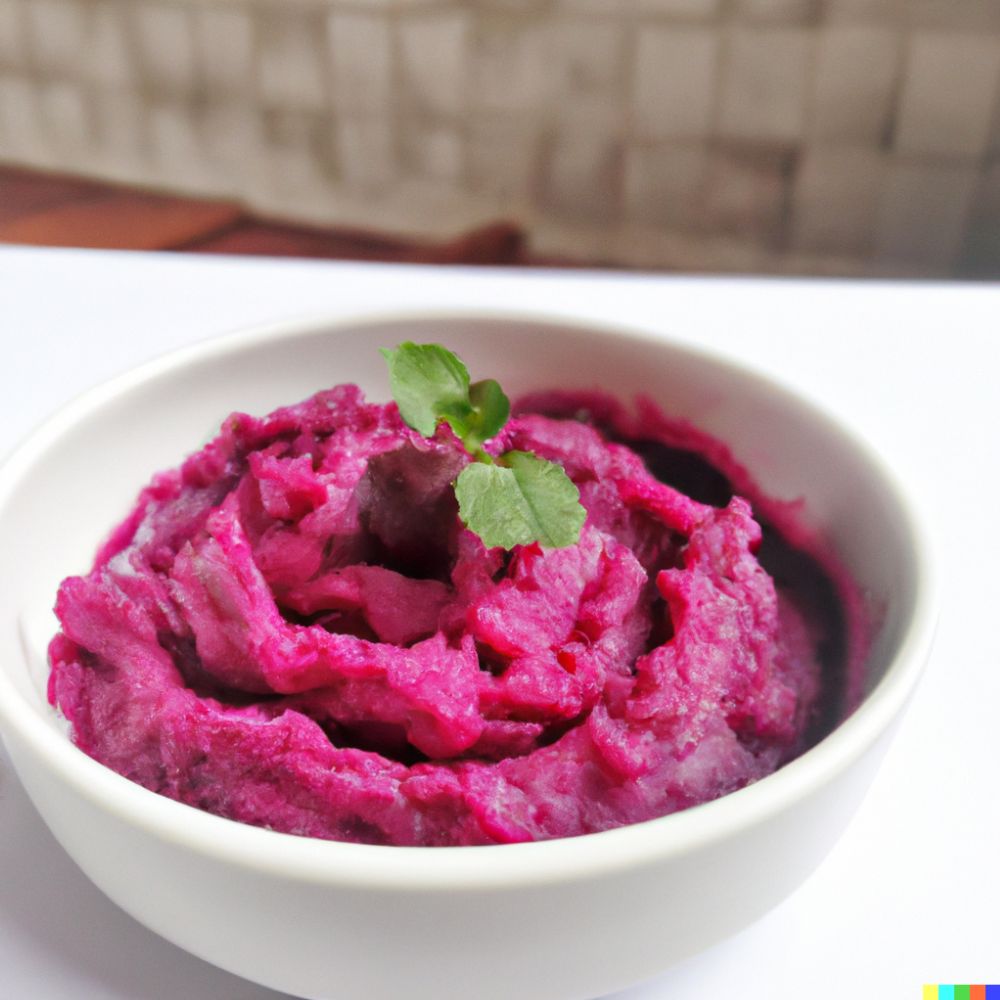
Cherry for Baby FAQ
Can babies eat cherries?
Yes, cherries can be a healthy and delicious addition to a baby’s diet. However, it’s important to introduce cherries in a safe and age-appropriate manner.
Do cherries help babies sleep?
There is no scientific evidence to suggest that cherries have a sleep-inducing effect on babies.
However, cherries do contain melatonin, a hormone that can help regulate sleep-wake cycles in adults.
Can babies choke on cherries?
Yes, cherries are a choking hazard for babies, especially if they are not prepared properly.
It’s important to quarter or chop cherries into small, manageable pieces and always supervise babies when they are eating.
How many cherries can a baby eat?
It’s recommended to start with a small number of cherries, such as one or two cherries, to see if there is any adverse reaction.
If there is no reaction, gradually increase the amount served over future meals.
Can babies eat cherry skin?
Cherry skin is safe for babies to eat, but it can be tough and difficult to chew at the beginning.
What are some good cherry baby food combinations?
Cherries can be combined with a variety of foods to create healthy and delicious baby meals.
Some ideas include cherry-banana oatmeal, cherry-apple puree with yogurt, and cherry-sweet potato mash.
It’s important to introduce new foods one at a time to monitor for any adverse reactions.
Can I give frozen cherries to my baby?
You can give your child frozen cherries, yes. They can be utilized similarly to fresh cherries. Make sure they are sweet cherries rather than tart pie cherries, which have a greater flavor; the former are preferred.
For newborns, the softer texture of thawed cherries is great. If you can’t find fresh cherries, you can buy frozen or canned cherries that are packed in water or natural juices.
Avoid cherries packaged in syrups with a lot of added sugars. If you can only get cherries in syrup in cans, consider draining and rinsing them prior to serving to get rid of the extra sugar.
We’re Maria and Alberto, a married couple and educators who are nutrition enthusiasts. Even before we had kids, we were already crazy about nutrition.
We’d read scientific articles, watch videos from nutritionists, and spend hours listening to nutrition podcasts.
Today, we continue doing this, but in a different way, as we’ve learned to sift through the noise and trends. Nutrition, like any other field of knowledge, the more you read and learn, the more you develop a comprehensive understanding of reality, and that’s what has happened to us.
Before having our first child, we focused on learning everything we could about child nutrition, using the same techniques we had already employed, backed by our extensive knowledge in nutrition.
Our mission is to help other parents with their children’s nutrition, to help them become the best versions of themselves.
If we are what we eat and drink, which is absolutely true, let’s do it right!


